Net Promoter Score Form

A Net Promoter Score (NPS) form is a customer feedback tool designed to measure customer loyalty and satisfaction by asking one simple question: "How likely are you to recommend our product/service to a friend or colleague?"
Customers respond on a scale from 0 to 10, where:
- 0-6: Detractors (unhappy customers who are unlikely to recommend and may spread negative feedback).
- 7-8: Passives (satisfied but not enthusiastic customers who may be vulnerable to competitors).
- 9-10: Promoters (loyal customers who are highly likely to recommend the company).
The NPS score is calculated by subtracting the percentage of detractors from the percentage of promoters, providing a score between -100 and 100. The form usually includes an optional follow-up question asking for reasons behind the rating, providing deeper insight into customer satisfaction.
This form is widely used because of its simplicity and effectiveness in gauging customer sentiment.
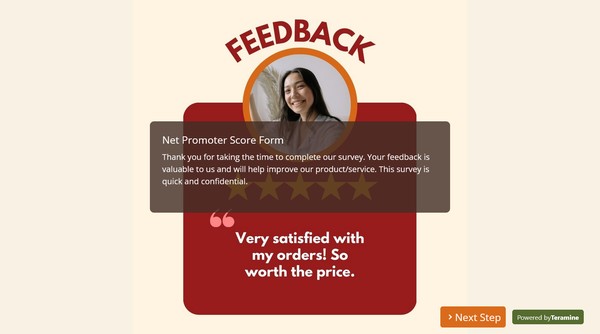

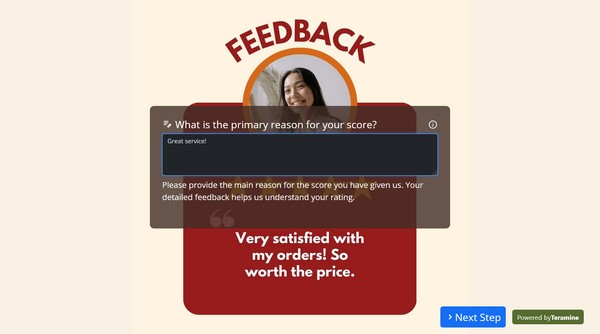
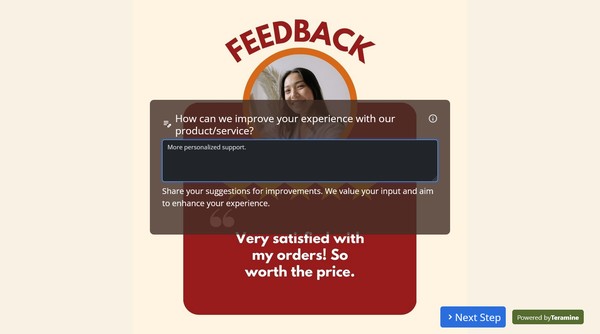
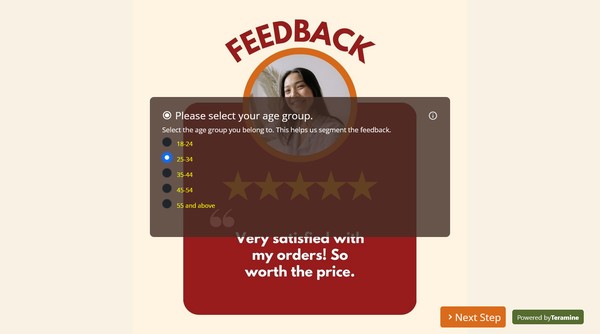
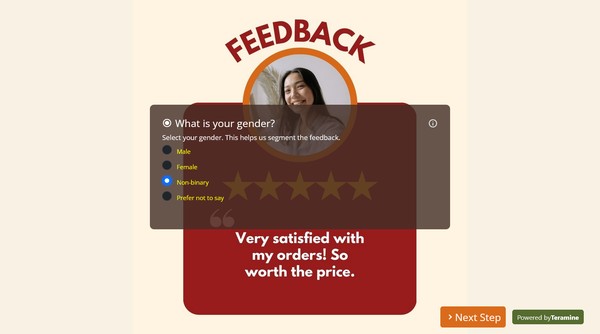
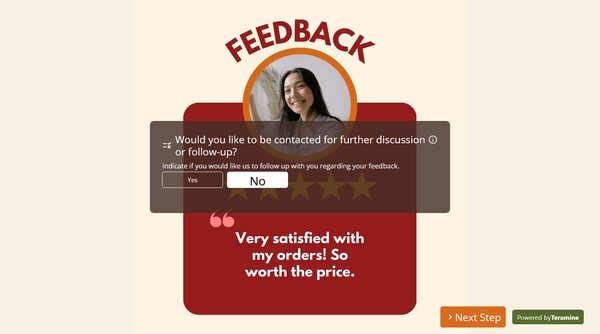
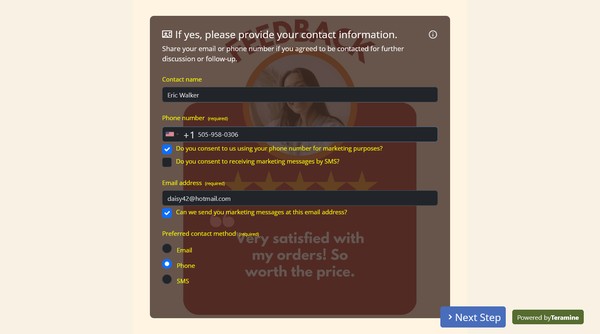

Net Promoter Score Form FAQs
A Net Promoter Score (NPS) form is a tool used by organizations to measure customer loyalty and satisfaction. Typically structured around a single, key question, the NPS form asks respondents to rate the likelihood that they would recommend the organization, product, or service to others on a scale of 0 to 10.
The responses are categorized into three distinct groups:
Promoters (score 9-10): These are satisfied customers who are likely to recommend the company and drive positive word-of-mouth.
Passives (score 7-8): These customers are satisfied but not enthusiastic enough to act as advocates. They could easily switch to a competitor.
Detractors (score 0-6): These customers are dissatisfied and can negatively impact the brand through negative reviews and word-of-mouth.
The final NPS score is calculated by subtracting the percentage of detractors from the percentage of promoters, yielding a score that can range from -100 to +100. This metric provides businesses with insight into overall customer sentiment, enabling them to identify areas for improvement and to foster customer loyalty initiatives.
In addition to the primary question, organizations often include follow-up questions to gather qualitative insights, helping them understand the reasons behind the given scores. This information can be invaluable for guiding strategic decision-making and improving customer experience.
A well-structured Net Promoter Score (NPS) form is essential for effectively gauging customer sentiment and loyalty. To ensure comprehensive feedback, the form should include the following key components:
Introduction:
- A brief explanation of the NPS survey purpose and its importance.
- Assurance of confidentiality and anonymity of responses.
Key Question:
- The primary NPS question: "On a scale of 0 to 10, how likely are you to recommend our company/product/service to a friend or colleague?"
- It’s helpful to include a clear scale with corresponding descriptions (e.g., 0-6 = Detractors, 7-8 = Passives, 9-10 = Promoters).
- The primary NPS question: "On a scale of 0 to 10, how likely are you to recommend our company/product/service to a friend or colleague?"
Follow-Up Question:
- An open-ended follow-up question, such as: "What is the primary reason for your score?"
- This encourages qualitative insights and provides context for the numerical score.
- An open-ended follow-up question, such as: "What is the primary reason for your score?"
Additional Feedback:
- Optional questions to gather more detailed feedback:
- Specific aspects of the service/product (e.g., quality, customer service, pricing).
- Would you like to share any suggestions for improvement?
- Any additional comments or experiences that would be helpful to share?
- Optional questions to gather more detailed feedback:
Demographic Information (optional):
- Basic demographic questions for segmentation purposes (e.g., age, location, purchase history).
- This can help analyze trends among different customer segments.
Closing Statement:
- Thank the respondents for their time and feedback.
- Briefly explain how their feedback will be used to enhance products/services.
Contact Information (optional):
- An optional section to allow respondents to provide their email if they wish to be contacted for follow-up (e.g., for further clarification or additional feedback).
By incorporating these elements into your NPS form, you will create a comprehensive tool that not only captures customer loyalty but also provides actionable insights for continuous improvement.
Utilizing a Net Promoter Score (NPS) form offers several benefits that can significantly enhance an organization’s understanding of customer loyalty and drive improvement in service or product offerings. Here are some key advantages:
Customer Insights: NPS forms provide valuable insights into customer satisfaction and loyalty. By categorizing responses into promoters, passives, and detractors, businesses can discern overall sentiment and identify areas for enhancement.
Simplicity and Clarity: The NPS methodology is straightforward, allowing organizations to easily deploy surveys and interpret results. This simplicity facilitates quick assessment and actionable feedback.
Benchmarking Capabilities: NPS scores can be benchmarked against industry standards or competitors. This allows businesses to gauge their performance relative to others, identify strengths, and address weaknesses in comparison to market leaders.
Customer Retention: Understanding the differentiators between promoters and detractors enables organizations to tailor their strategies to retain customers. By addressing the concerns of detractors, businesses can improve retention rates and reduce churn.
Enhanced Customer Engagement: Regularly using NPS forms fosters an environment of open communication. Customers appreciate when their feedback is solicited, leading to increased trust and loyalty towards the brand.
Trend Analysis: Conducting NPS surveys over time allows businesses to track trends in customer sentiment. This longitudinal data can inform strategic decisions and highlight the impact of changes in product or service delivery.
Actionable Feedback: The qualitative feedback often provided in open-ended responses helps organizations to identify specific areas for improvement, allowing them to implement targeted changes that can enhance the customer experience.
Resource Allocation: By identifying segments of customers most likely to promote or detract from the brand, companies can allocate resources effectively to address issues or leverage opportunities for growth.
Culture of Improvement: An ongoing NPS program cultivates a culture of customer-centricity and continuous improvement within an organization, prompting teams to prioritize initiatives that enhance customer satisfaction.
In conclusion, leveraging a Net Promoter Score form is a strategic move that not only provides insights into customer loyalty but also fosters a proactive approach to enhancing the customer experience and driving organizational growth.







